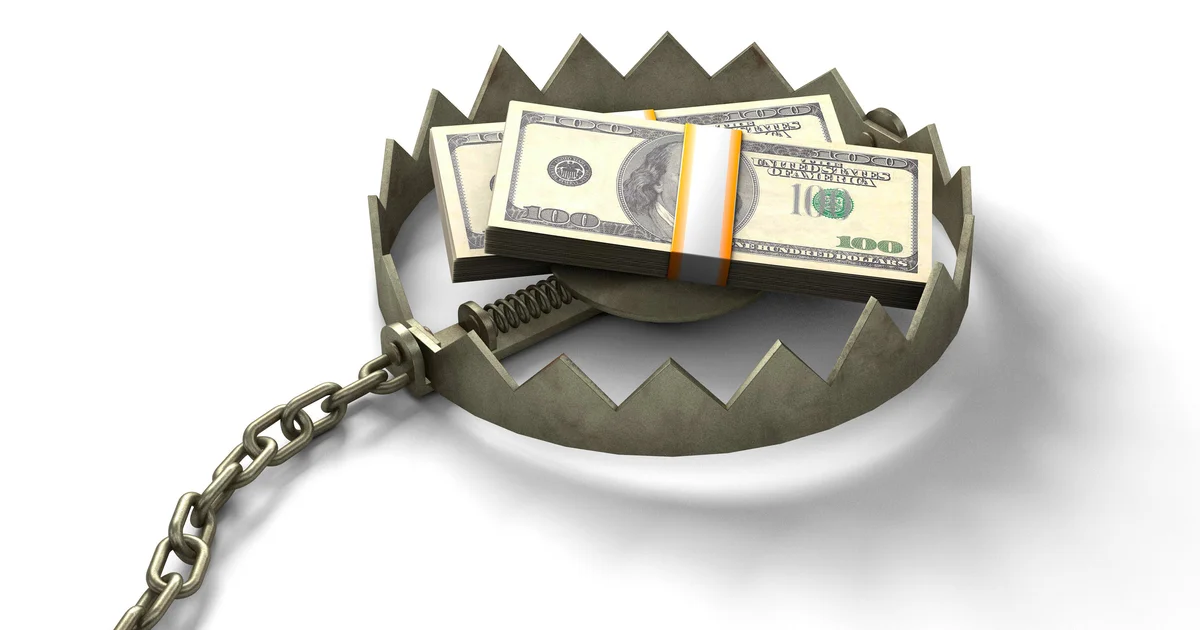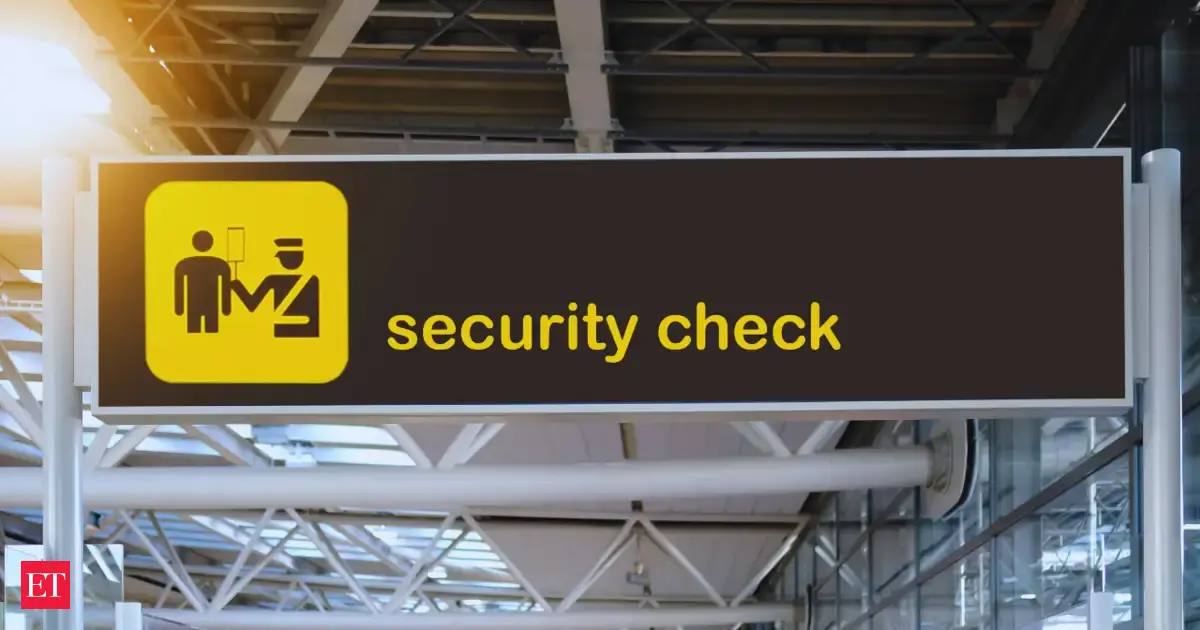
The average U.S. homeowner currently has a record $313,000 in equity. Many homeowners are considering turning that equity into cash through home equity loans or as credit via home equity lines of credit (HELOCs), often to consolidate high-interest debt or to cover big expenses.
Before you draw on your home’s equity this fall, be aware that not all borrowing is created equal. Repayment structures differ between these products, and with fluctuating interest rates and rising household debt, borrowers need to be especially mindful of the risks in the coming months.
What are the biggest home equity borrowing traps to watch for this fall, specifically, and how can you avoid them? Below, we’ll break down the pitfalls experts say to keep your eye on this season.
Start by seeing how much home equity you’d be eligible to borrow here.
5 home equity borrowing traps to watch for this fall, according to experts
Here are five important (and, potentially, expensive) home equity borrowing traps to avoid this fall:
Relying on variable-rate HELOCs without a rate cap
One of the biggest traps this fall is assuming today’s lower rates will last. The Federal Reserve is expected to cut rates two more times this season, which can make a variable-rate HELOC look attractive. But if you’re not careful, the same feature that lowers your payments now can raise them later.
As such, keep an eye on the line’s rate cap, which sets a limit on how much your interest rate can rise over the life of the HELOC. Make sure any HELOC you’re considering has a reasonable cap so your payments don’t balloon out of control.
“If they believe the Fed will keep lower rates, homeowners will want to make sure they have a variable rate HELOC that adjusts down or up with every rate increase or drop,” says Aaron Gordon, branch manager at Guild Mortgage Company. “The smart move is to make sure the HELOC does have a manageable lifetime cap so you can benefit when rates come down but have less risk when they go up.”
See how low your current HELOC rate offers are here.
Borrowing too much against your home’s equity
Another home equity borrowing trap to be aware of this fall is stretching your borrowing to the maximum just because the lender allows it. With home prices leveling off and even dipping in some areas, the risk of overborrowing is a real concern. The Federal Housing Finance Agency’s House Price Index showed a 0.2% decline in home prices between April and May 2025, while Census Bureau data shows the median home price fell from $423,100 in Q1 2025 to $410,800 in Q2. If values slip further this fall, maxing out a HELOC or home equity loan could leave you underwater and put your home at risk.
As Jeremy Schachter, branch manager at Fairway Independent Mortgage Corporation, explains, “Some HELOC lenders offer 90 to 100% of the value. I definitely do not recommend going up to the maximum allowed amount, That can leave your home in an upside-down situation. If home values do decrease in the fall season, the best way to protect yourself is to not pull the maximum allowed draw on your HELOC.”
Using equity for non-essential expenses
As we transition into the fall, one of the biggest traps is using home equity to cover holiday spending such as travel, vacations, luxury purchases and more. Keep in mind, however, using equity on non-essential spending creates unnecessary debt, which can be a problem since your home is on the line as collateral.
“Treat your home equity like a safety net, not a holiday spending account,” says Jared Gagne, a private wealth manager at Claro Advisors. “Using a HELOC for gifts or travel might feel easy in the short term, but you are tying long-term debt to short-term consumption.” Gagne notes that since 2020, many homeowners have seen their HELOC payments rise dramatically. For many borrowers, their HELOC initially felt like a cheap loan but now the payments are a major disruption in their monthly cash flow.
Ignoring closing costs, fees or draw period rules
“When comparing a HELOC or home equity loan from one bank to another, reading the fine print is a must,” says Schachter. With home equity rates expected to dip slightly this fall, some lenders may offer lower introductory rates or waive certain fees to attract business. But make sure to compare more than just the initial rate and repayment terms.
“Some common items to look out for are early termination fees or a prepayment penalty, inactivity fees if you don’t draw on the HELOC or use it for a period of time and excessive closing costs,” Schachter adds. “If you plan to not use the HELOC for a while, check and see if there are costs associated with that. Some lenders actually close the HELOC without warning if the market changes and there is a balance on the HELOC or no usage.”
Not understanding repayment structures
Perhaps the most common trap is misunderstanding how home equity repayment structures work for each product. More homeowners may consider tapping their equity with interest rates likely dropping this fall, and it’s important to understand how you’ll repay it throughout the term. This is especially the case with a HELOC, since payments can jump sharply once the interest-only period ends.
HELOCs generally start with an interest-only draw period for 10 years. That keeps payments affordable initially but it doesn’t reduce the balance. Once that draw period ends, the loan switches to include both principal and interest payments for the remainder of the repayment term, typically 20 years. As Schachter notes, “This will dramatically increase your payments once you reach this time period.” If you’re not prepared for it, the higher payment could put added pressure on your monthly finances.
If you want to avoid the jump to substantially higher monthly payments, consider a fixed-rate home equity loan instead. You’ll have one consistent monthly payment that never changes during the life of the loan.
The bottom line
Accessing your home equity for funds can be an affordable way to borrow, but you should do so with your eyes wide open to the potential risks. Rates this fall are still high compared with just a few years ago, inflation remains elevated and household debt is rising. With less room for error, it’s crucial to be mindful of the traps detailed above as the wrong move could strain your budget in the future.



